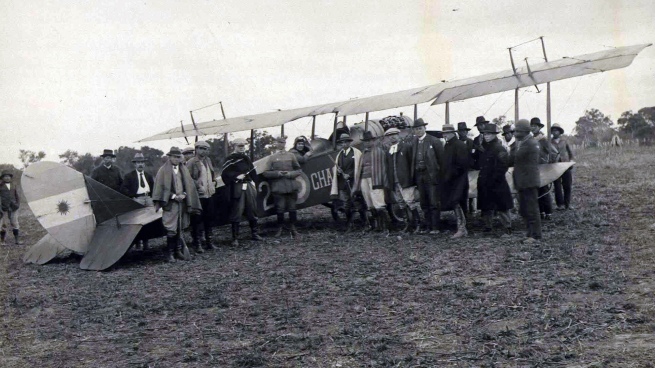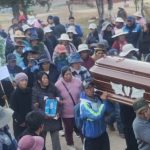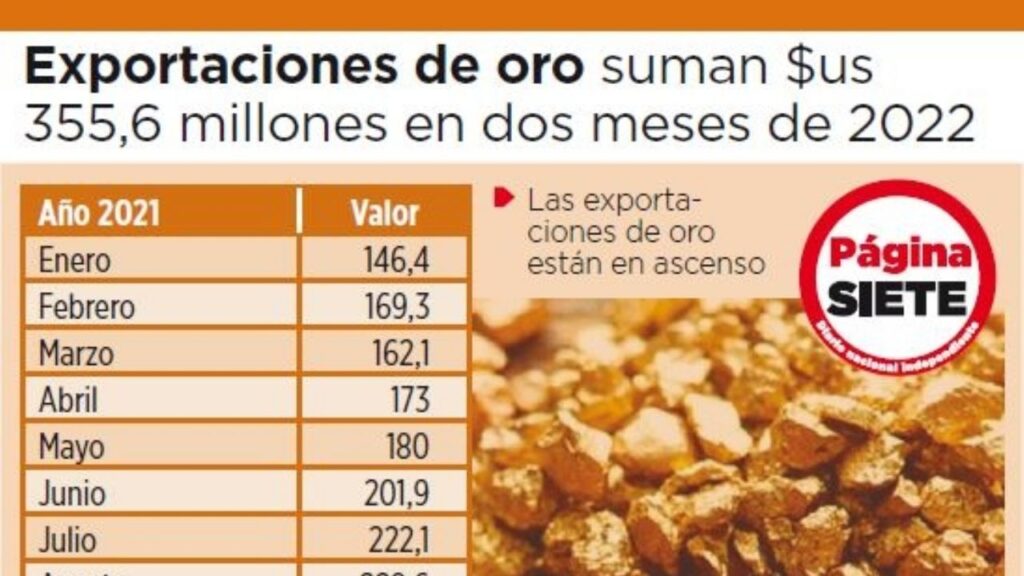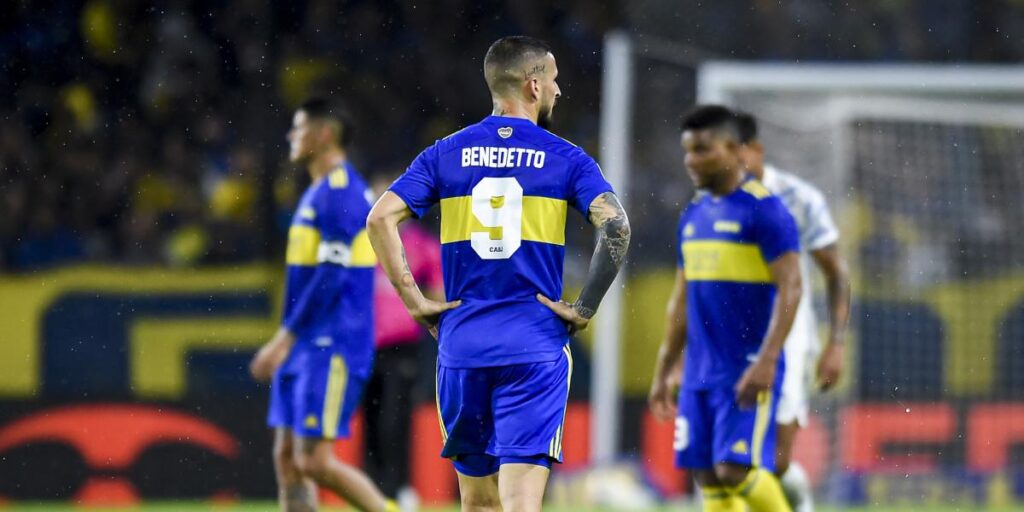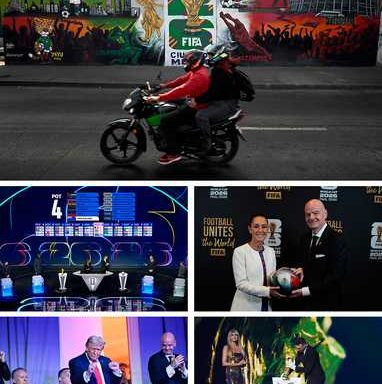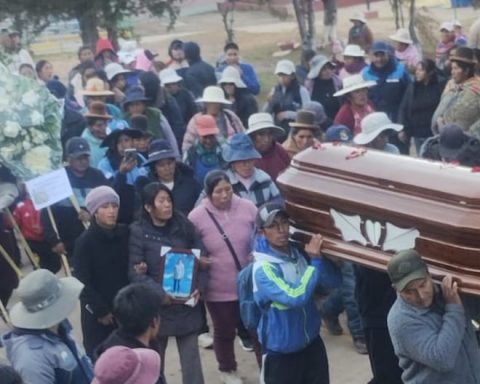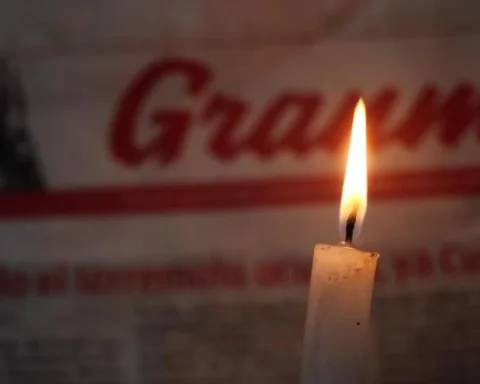On July 19, 1924, between 300 and 500 indigenous people who were on strike demanding fair compensation for the cotton harvest, were shot from a plane by the police and armed civilians who responded to the governor of the Chaco territory, Fernando Centeno.
That fact, known as the Napalpí Massacre and silenced for almost a century by history and the traditional media, is being judged as a crime against humanity. Y the documents found by the art historian and Conicet researcher Mariana Giordano will be part of the evidence in the Truth Trial which began on April 19 in Resistencia, Chaco.
Giordano, who works as CONICET’s main researcher at the Institute of Geohistorical Research (IIGHI) and is a professor at the National University of the Northeast (UNNE), has been working with the image and discourse on the aboriginal people of Chaco since her undergraduate thesis, more than 20 years old.

The historian contributed to the cause photographic images of the time taken by the German anthropologist and linguist Lehmann Nitsche on the day of the massacre, who were at the Ibero-American Institute in Berlin. One of these images shows a plane with the pilot in the cockpit on which the inscription “2 Chaco” can be distinguished and in front of it officials, policemen with rifles and Nitsche himself, as well as Creole neighbors and, in the background, the indigenous people who did not join the strike and were identified with a white handkerchief.
“I always wondered why those Aborigines wore a white cloth. And from oral accounts of the survivors, provided by Qom historian colleague Juan Chico (died in 2020) we managed to reconstruct what had happened: Days before the massacre, the authorities distributed these white handkerchiefs among the natives who did not join the strike to “mark” them and differentiate them from the “rebels”, says Giordano.
To get people out of their houses – including women and children – they threw groceries and candy from the plane, and then riddled them from the air.
“I work from visual culture and anthropology, in the representation that is made from society and the hegemonic media of the native peoples. A constant is to describe them in the press and stigmatize them as unruly and not very attached to work, when the reality is that they were being exploited”, explains the historian to Télam.
“The methods I use are based on crossing photographs and other graphic documents with a theoretical framework that conceives the image as a construction or a cutout of reality. What remains outside the visual field is completed with documentation, journalistic records and memories of the communities. Because the images do not speak for themselves, they require a context”, she remarks.
The role of the press in history

To conduct your research, Giordano turned to newspaper records from the time. The majority treated the issue as a “confrontation”, although oral accounts of direct witnesses confirm that the striking Aborigines were unarmed. And they also revealed chilling details, such as the fact that – prior to the shooting – groceries and candy were thrown from the plane to drive people (including women and children) out of their homes. and then mow them down from the air.
The accounts of survivors, compiled by Juan Chico, also describe that the persecution and death of the strikers continued for several weeks in a territory that was then jungle and very difficult to access.
Despite the concealment and misrepresentation by the hegemonic press, The Herald of the Northa Chaco newspaper opposed to the government that was published in Corrientes, He released a special edition a year after the massacre, in 1925. There he denounced what happened and blamed the national government, in collusion with local authorities and some white businessmen and settlers, for the massacre.
Historical documentation, along with eyewitness accounts, allowed to reconstruct the event as a massacre perpetrated by the State (at that time Chaco was not a province, but a National Territory) during the government of Marcelo T de Alvear, and within a “reduction” (name given to the spaces where indigenous people lived and worked confined, and which today would be considered such as concentration camps).
This led to, almost a century later, in 2014at the initiative of the Human Rights Unit of the Chaco Federal Prosecutor’s Office, in charge of Prosecutor Diego Vigay, an investigation and request for trial for Genocide will be initiated.
“What happened in Napalpí was more than a massacre. It was a process of acculturation and concealment of the different ethnic groups: qom, moqoit, wichí, and vilelas. After the massacre, the survivors stopped speaking their own language, they became invisible. Even the Vilela ethnic group practically disappeared, since it was embarrassing for them that members of this community had acted together with the police, marking their peers,” says the historian.
The place where the state reduction was located “came to be called ‘aboriginal colony’, in what constituted one more act of concealment and an attempt at homogenization,” explains Giordano.
Weeks before the start of the oral trial for the Truth, plastic artists from different parts of the country toured the Aboriginal Colony (where a memorial is located) and spoke with descendants of the victims of the massacre. Then they recreated what happened in an artistic exhibition that is exhibited in the House of Cultures of Resistance, site of the historic Trial for the Truth that began this week.
Like Guernica, that Basque town bombed during the Spanish Civil War that Picasso immortalized in his workNapalpí is an open wound that Science, Art and Justice are trying to heal.
